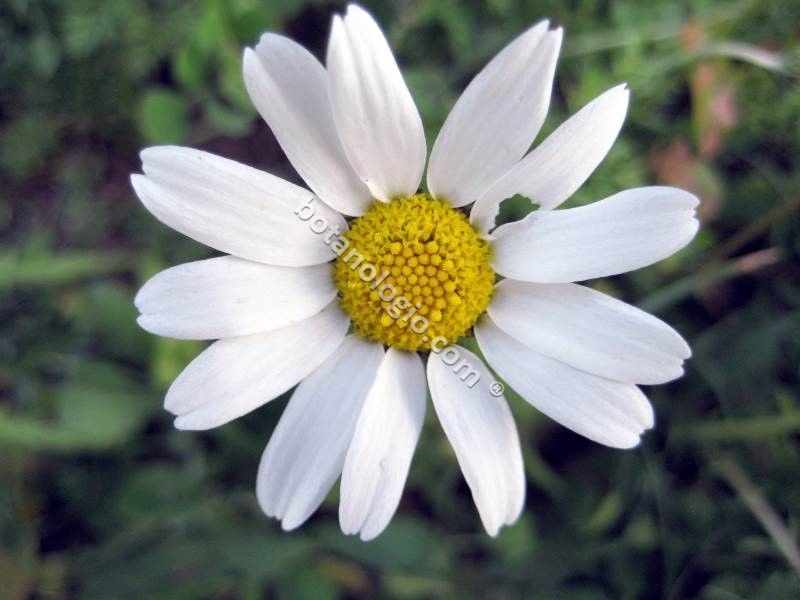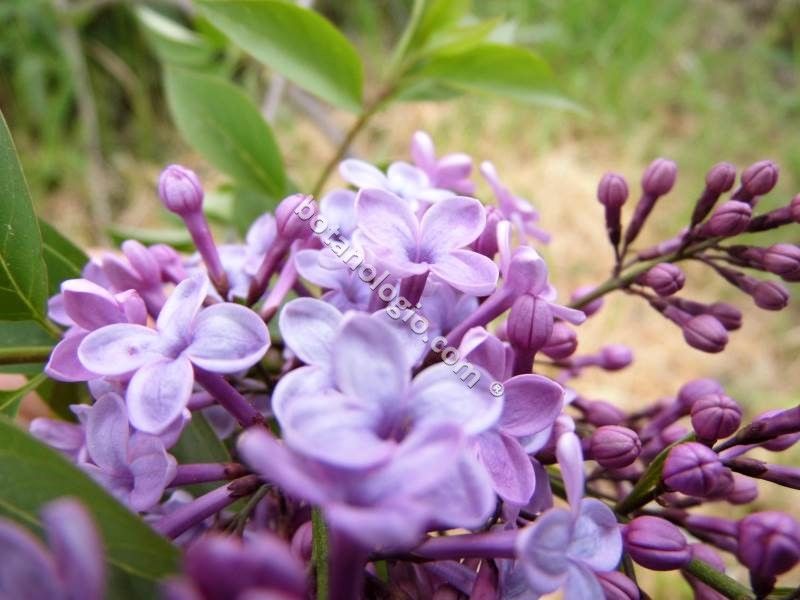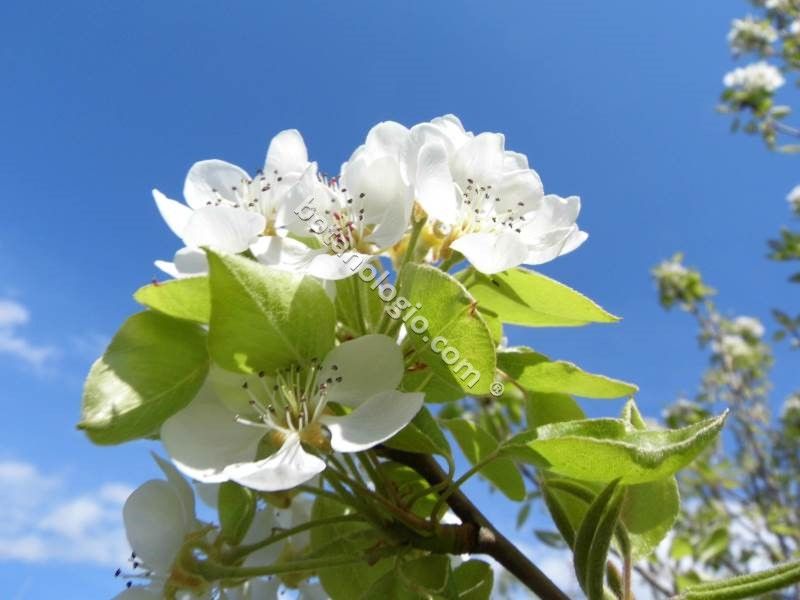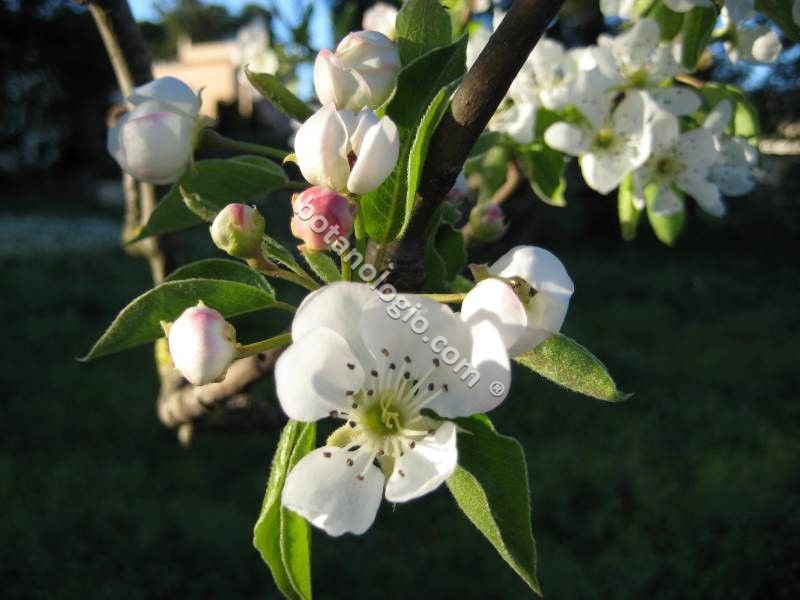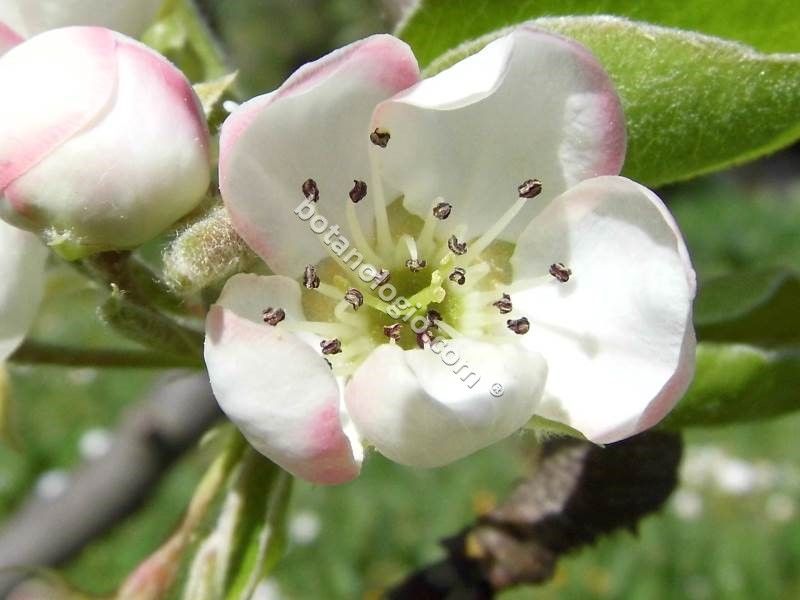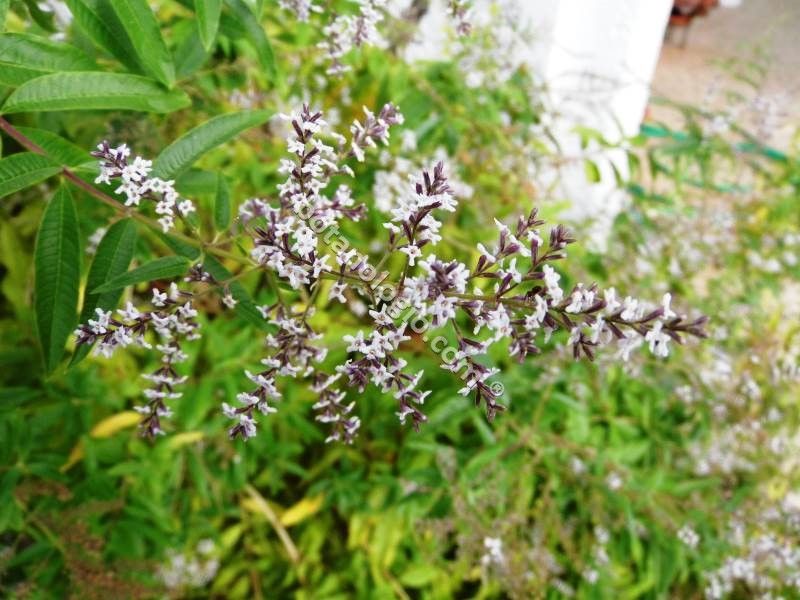Horsetail collection and nutrients

Horsetail is one of the many herbs of Greek nature, as we have mentioned, it has many therapeutic and cosmetic applications. It is a perennial herb, herbaceous, with the particularity to have no leaves or flowers and can reach 30 to 50 cm.
You will find it in rich and moist soils, cultivable areas or near streams, and is a descendant plant of Carboniferous period (360 to 2.5 million. Years) when the plants of the same family were tall trees and played an important role in today’s coal deposits on earth.
The particularities of horsetail are many, as it belongs to the non-photosynthetic plants, it multiplies through spores and of course, the silicon absorption from the soil that is rarely performed by herbs. Horsetail can be collected through the growth period, with ideal period, spring when the shoots are still soft and full of water and are not hardened by the silicon so that absorption is difficult by the human body.
From ancient times, it was a herb which was used to treat kidney diseases, arthritis, healing of ulcers, fever and many other diseases, which proves far right as horsetail contains:
Calcium, manganese, magnesium, potassium, silicon, iron, zinc, phosphorus, fatty acids, phytosterols, dietary fibers, vitamins A, E, C, K, B1, B2, B6, B9, tannins, alkaloids, saponins, flavonoids, glycosides, caffeic acid phenolic ester (powerful anticancer that you can find in propolis).
Read more about the therapeutic and cosmetic uses and properties of horsetail!
greek herbs, herbal nutrients, horsetail, minerals, silica, trace elements, vitamins
